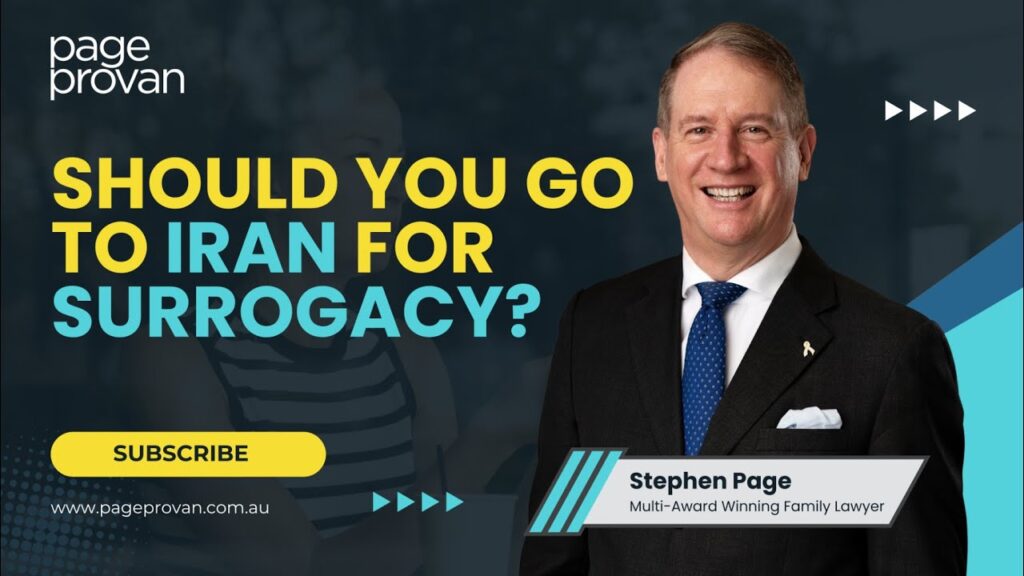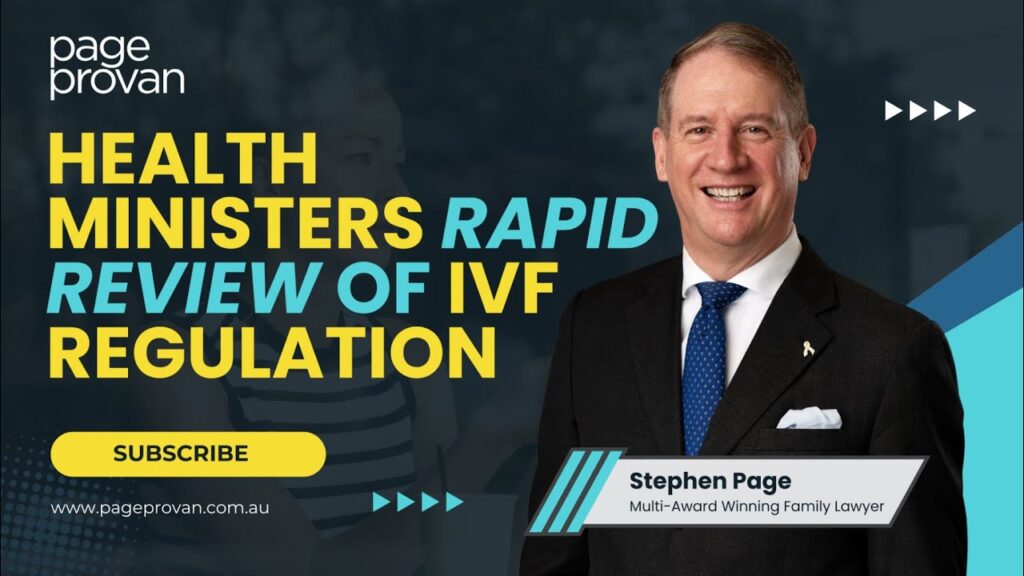Trustees for sale- new case
This very issue was seen in a fight between three brothers, the Chows, who were arguing over their late mother’s estate. The way that the problems were addressed in the NSW Supreme Court in Chow v Chow (No 1) [2015] NSWSC 1347 contain pearls of wisdom. The judgment is not a long one, so I have included the whole judgment:
- The present proceedings involve a dispute in relatively small compass that has arisen amongst three brothers, who are the sons of the late Grace Chow who died on 1 December 2002. Probate of her will was granted to the three brothers on 27 September 2004 together with the third defendant who has filed a submitting appearance. The estate of Grace Chow is now fully administered. There remains in the estate a property at Darling Point. There are also in the estate three other parcels of real estate which are now co-owned by the three brothers, which I will refer to as Wentworth Avenue, a property containing two units, a Yeo Street property containing eight units and a Mosman property containing two units. Thus, there are four parcels of real estate which are involved in this current dispute. There is also a parcel of jewellery owned by the late Grace Chow. That parcel of jewellery has a value of approximately half a million dollars. Of that half a million dollars, one item is estimated as having a value of or at least a maximum value of about $350,000 and another $120,000, and there is somewhere between $30,000 and $100,000 worth of what I can irreverently call bits and pieces.
- The brothers are, to a great degree, agreed that all four parcels of real estate and the jewellery should be sold and a distribution should be made. However, there are four matters on which there is dispute and which I have to resolve. These are: (a) whilst it is agreed that orders should be made under Section 66G of the Conveyancing Act 1919 in respect of the four parcels of real estate, there is no agreement as to who should be the trustees, and the plaintiff and the first defendant on the one hand and the second defendant on the other hand have put forward counter proposals.
- Item (A) for decision is as to who should be the trustees to be appointed under Section 66G; item (B) is how should the jewellery be sold; item (C) is how should the costs of the present application be borne; and item (D) is what is the appropriate form of the orders. I will not deal with (C) until I have given my decision on (A) and (B), which will happen shortly. Then I will hear submissions on (C) and decide the point, then stand the matter over for short minutes to be brought in in due course because the orders may be very complicated. I will deal with (D) at a later date.
Item (A)
- I then pass to (A). The two sets of possible trustees are as follows, as put up by the first defendant and accepted by the plaintiff, are Mr Martin and Mr Anderson. Mr Martin is described in the evidence as an experienced property professional having worked for more than 40 years in the property industry, for 23 years he was in senior positions with a leading firm of estate agents. He has a non-executive board position with two companies in the industry and had been involved in senior roles.
- Mr Anderson has also been in the industry for a long time. He is a CPA of 40 years standing. He has been a member of various boards, and he has been in senior executive roles with estate agents and persons involved in the property industry for very many years.
- The opposing people put up by the second defendant are two company liquidators, Mr Olde and Mr Landrey. They are partners and they are experienced official liquidators. The second defendant put up alternatively two other official liquidators, but that is very much a reserve panel.
- I have no doubt that whichever team I appoint would carry out a competent and professional job. I suggested at one stage that perhaps one person from each team might be appropriate, although I could see that would lead to extra costs for consultation; but as that suggestion was not taken up by anybody, I will put it to one side.
- In Arrow Custodians Pty Limited V Pine Forests of Australia Pty Limited [2006] NSWSC 341, at [21] I said:
- At the commencement of the hearing I put to all counsel that I assumed that those principles were the relevant ones to consider in this dispute and no one denied this, thus accordingly I apply them.
- So far as the first factor is concerned, we have a situation where the plaintiff and the first defendant hold two-thirds of the beneficial interest in the property and the second defendant one-third. Accordingly, on the larger interest factor, the plaintiff and the first defendant get a plus for Messrs Martin and Anderson. Factor 2 is that the trustee should be independent. That seems equally the case with both proposals. Factor 3 the appropriate skill, expertise and experience; that again appears to be relatively equal. I slightly prefer the plaintiff. The task is something like comparing apples and oranges because the second defendant’s team as official liquidators would be used to selling all sorts of property the plaintiff and first defendant team are more skilled in the selling and dealing with real property. The reason why I slightly prefer the plaintiff is that one of the second defendant’s nominees, Mr Langrey, is currently seconded to do some work in Denver Colorado. Although Mr Olde says that in any event when two people are appointed one has the lead and the other has the support role, and this would still be possible even though Mr Langrey is in Denver. It seems to me that is not the most desirable state of affairs.
- There are a whole series of cases and in the textbooks and Dalrymple v Melville (1932) 32 SR (NSW) 596 is one where a trustee has got into problems because there are two trustees and one leaves it to the other who does not deal with the matter appropriately. With two professional persons like Mr Olde and Mr Langrey, both of whom cannot be passed by the appropriate authorities as official liquidators, that is only a small problem. Nonetheless, when one is looking at very small margins over the two contenders, I slightly favour the plaintiff.
- Factor 4 focuses on costs. There are different methods proposed by the rival contenders as to the method of charging. The plaintiff and the first defendant’s team say they will charge 0.85 per cent on the sale of properties within the brotherhood and 1 per cent outside that. On the other hand, the liquidators intend to charge their normal charge out rates which involve $625 an hour for the managing directors and corresponding lesser sums for persons lower down the pecking order. However, they would cap their fees at not more than what Messrs Martin and Anderson would charge.
- Mr Walton SC, who appears for the second defendant with Mr Sneddon, says this would mean marginally there could be a slight saving in costs with the Olde/Langrey team as opposed to the Martin/Anderson team. I think that is just possible, but the chances of it happening are relatively slim. Accordingly, when I add up the four factors, it seems to me that the plaintiff and first defendant’s team is, if I can use the expression, ahead on points. Accordingly, I favour appointing them.
Item (B)
- The next question is what is to happen to the jewellery. The suggestion of Mr Blackburn-Hart SC, who appears with Ms Tucker for the plaintiff, is that it be left to the trustees to decide the method of sale. Normally, I would have a lot of sympathy with that proposal because it is far better for these things to be worked out at the coal face rather than judges to work it out in advance in theory. However, these brothers have a tendency to resort to litigation and to postpone the question seems to me not to perform my duty under s 56 of the Statute.
- It seems to me however, that I can to some extent get the best of both worlds, that is both leave it to the trustee and also give the trustee some advice in advance. The advice is that, unless the trustees consider that there are factors at the time when they make their decision to sell which outweigh what I am about to say, it would be appropriate to put in play what the first defendant suggests is the appropriate method of sale, that is in accordance with page 278 of the court book, that the two special items of jewellery which are referred to in evidence as parcel A and parcel B be again valued by an independent valuer. That valuation not be disclosed but the beneficiaries may then bid on parcel A and parcel B and the trustees would be justified in selling to the highest bidder, assuming there is a bidder, otherwise to sell at auction.
- Then the remainder of the jewellery should be put into three parcels C, D and E, the contents to be approximately equal in value, the contents of each parcel to be specified and again the brothers may bid for each parcel. The highest bid for any particular parcel is to be accepted.
- However, it should be noted that Section 66G only applies to the real estate so that the appropriate order when the short minutes are drawn up should recognise it is under Section 36A of the Conveyancing Act and the appropriate adjustments be made. I believe what I have just said deals with the matters of principle.
- As I said, I will leave Item (C) to be dealt with for now. When the orders are drawn up, care must be taken to make sure that under Sections 66H and 66I of the Conveyancing Act sufficient details are given as to consultation and as to the procedure to be adopted where one of the brothers is the successful bidder for any particular piece of property so far as that brother’s interest, being set off against the purchase price.












